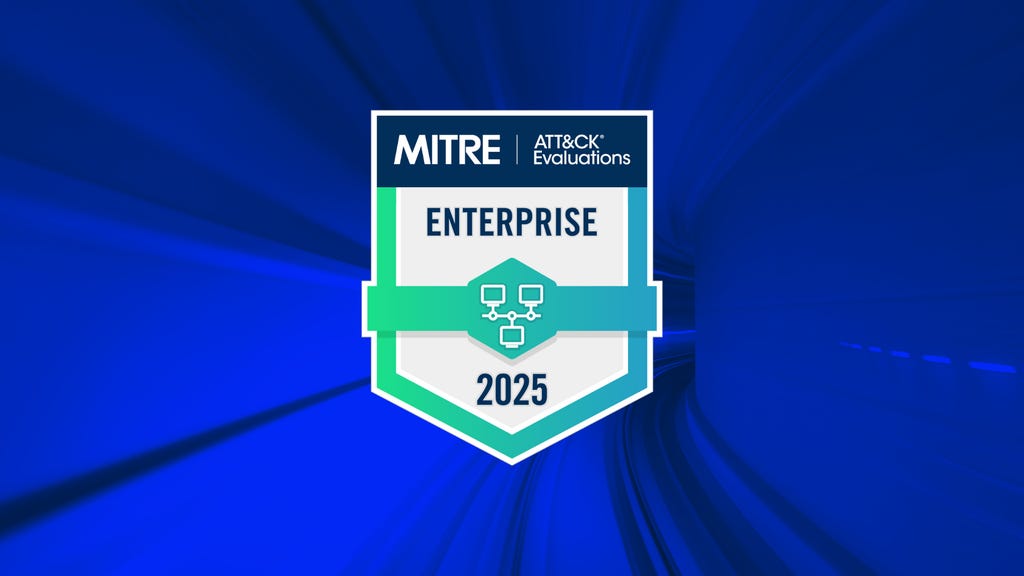
What is security information and event management (SIEM)?
Businesses use security information and event management (SIEM) technology to track cyberthreats, monitor and analyze security events in real time, and log security data.
The History of SIEM
The term "SIEM" dates back to May 2005. Gartner coined the term in its "Improve IT Security With Vulnerability Management" report. At the time, the term represented a combination of security event management (SEM) and security information management (SIM).
Gartner pointed out that businesses were using SEM technology to monitor and correlate security events and assess their impact.
Meanwhile, Gartner noted that SIM allowed companies to store, analyze, and report on data from security events.
Businesses were originally using SEM and SIM technologies independently. However, they discovered that using SEM and SIM technologies together allow them to collect security event data and generate insights from it. From here, businesses were able to see cyberattacks as they happened, understand why they were happening, and produce insights that they could use to find ways to stop future attacks.
The first SIEM solutions arrived in 2006. They were effective but lacked the scalability features needed to accommodate large volumes of security data.
Second-generation SIEM solutions addressed the scalability problems of their predecessors. They were released in 2011 and provided businesses with access to a wide range of security data. Yet, businesses were frequently overwhelmed by the sheer volume of security data that these solutions produced.
The third generation of SIEM solutions were released in 2015 and is ongoing. These solutions are risk oriented. They generate security alerts to notify businesses about cyberattacks and provide analytics-based security monitoring. These solutions also allow businesses to use artificial intelligence (AI) and machine learning (ML) to track and assess cyberthreats and provide personalized security recommendations.
The Benefits of SIEM
1. Fast Threat Detection and Response
An SIEM solution lets you track and respond to security events as they occur. Your security operations center (SOC) or security team members can receive security alerts any time malicious activity is detected, generate security insights, and quickly respond to cyberthreats.
2. More Visibility into Your IT Infrastructure
You can use an SIEM solution to monitor and analyze activities across your databases, servers, and devices. If any network security gaps are found, you can address these issues right away.
3. Compliance with Data Security Requirements
You can configure an SIEM in accordance with the most up-to-date data security regulations. That way, you'll always be in compliance with these regulations.
Enabling your SIEM Solution
1. Configuration Issues
Your SIEM solution must be configured to your business' operations and its security technologies. If it's not, your business, its customers, and its employees are susceptible to cyberattacks and data breaches.
2. High Operating Costs
You may need to hire cybersecurity professionals to manage your SIEM solution. Or, you can outsource your security operations to a third party. Regardless of which option you choose, your business faces ongoing maintenance costs. You also need to update your SIEM solution regularly. Otherwise, if your SIEM solution is out of date, security vulnerabilities can surface across your IT infrastructure.
3. Limited Return on Investment
If your SIEM solution identifies a cyberthreat, you may still need to use other security technologies to address the problem.
Security Information and Event Management for Cyber Protection
An SIEM solution won't stop cybercriminals from attacking your business, prevent cyberattacks, or respond to attacks that are already underway.
Instead, an SIEM solution lets you know about the status of your IT infrastructure. You can use an SIEM solution to look for security gaps across your IT infrastructure. If you find one, you can take steps to mitigate it.
In addition, an SIEM solution generates security insights. It offers log management capabilities so you can continuously capture and analyze security data. This helps you understand cyberthreats and look for ways to combat them.
Ultimately, an SIEM solution is great for security monitoring and analysis, but it's not enough to secure your IT infrastructure 24/7/365. If you want a cybersecurity solution that goes beyond security monitoring and analysis, Sophos Managed Detection and Response (MDR) makes much more sense than an SIEM solution.
About Sophos MDR
Sophos MDR is a fully managed threat hunting, detection, and response service. It notifies you about cyberattacks and suspicious behaviors across your IT environment. If a cyberthreat is found, Sophos MDR neutralizes it.
There are many security features provided by Sophos MDR that you won't find with an SIEM solution, including:
24/7/365 Access to a Team of Threat Hunters and Experts
Sophos MDR is backed by threat hunters and experts that look for indicators of compromise (IOCs) around the clock, validate security threats and incidents, disrupt, contain, and neutralize cyberattacks, and provide you with security recommendations.
Machine-Accelerated Human Response
Sophos MDR comes complete with Sophos Endpoint powered by Intercept X with endpoint protection and AI-powered detection and response (EDR/XDR) tools. The solution fuses AI technology and expert analysis to hunt for threats, investigate security alerts, and produce security insights.
Full Control Over Your Security Operations
Sophos MDR lets you decide how to manage your security operations. You choose how and when to escalate potential security incidents, what response actions (if any) to take, and who to include in your incident communications.
There are three response modes available with Sophos MDR:
- Notify: We notify you about a potential security incident, and you decide how to respond to it.
- Collaborate: We work with you to analyze a potential security incident and jointly determine how to respond to it.
- Authorize: You allow us to respond to potential security incidents. If we identify a potential incident, we notify you about the issue and how we're resolving it.
Lead-Driven Threat Hunting
Sophos MDR automatically blocks or terminates malicious artifacts or activities (strong signals) across your IT environment. It continuously looks for IOCs and indicators of attack (IOAs) and keeps you up to date about them.
Security Health Checks
Sophos MDR monitors your IT security. If any potential security issues are found, we tell you about them. Sophos MDR also provides recommendations to help you configure and optimize your IT security operations.
Activity Reports
Sophos MDR delivers threat activity reports so you always know what's happening across your IT environment. These reports show you what threats were detected and what response actions were taken.
Adversarial Detections
Sophos MDR identifies cybercriminal tactics, techniques, and procedures (TTPs). It provides you with details about any TTPs it identifies so you can figure out the best ways to secure your IT environment.
Get Started with Sophos MDR
Sophos MDR is a managed detection and response service that monitors and addresses ransomware, malware, and other current and emerging cyberthreats. It also provides you with the flexibility to manage your security operations however you choose.
Sophos MDR services are available in multiple tiers.
Sophos MDR Essentials includes:
- 24/7 threat monitoring
- Threat containment
- Flexible response modes
- Compatibility with non-Sophos tools
Sophos MDR Complete adds the following additional benefits:
- Unlimited full-scale incident response
- Root cause analysis
- Dedicated incident response lead
- Breach protection warranty
- And more
Taegis MDR services are also available for organizations with requirements for tailored threat hunting, customized workflows and alerting, and rapid contact with SOC analysts.
To find out more about Sophos MDR or to start using it, please contact us today.
Related security topic: What is an incident response plan and process?
.svg?width=185&quality=80&format=auto&cache=true&immutable=true&cache-control=max-age%3D31536000)


.svg?width=13&quality=80&format=auto&cache=true&immutable=true&cache-control=max-age%3D31536000)



